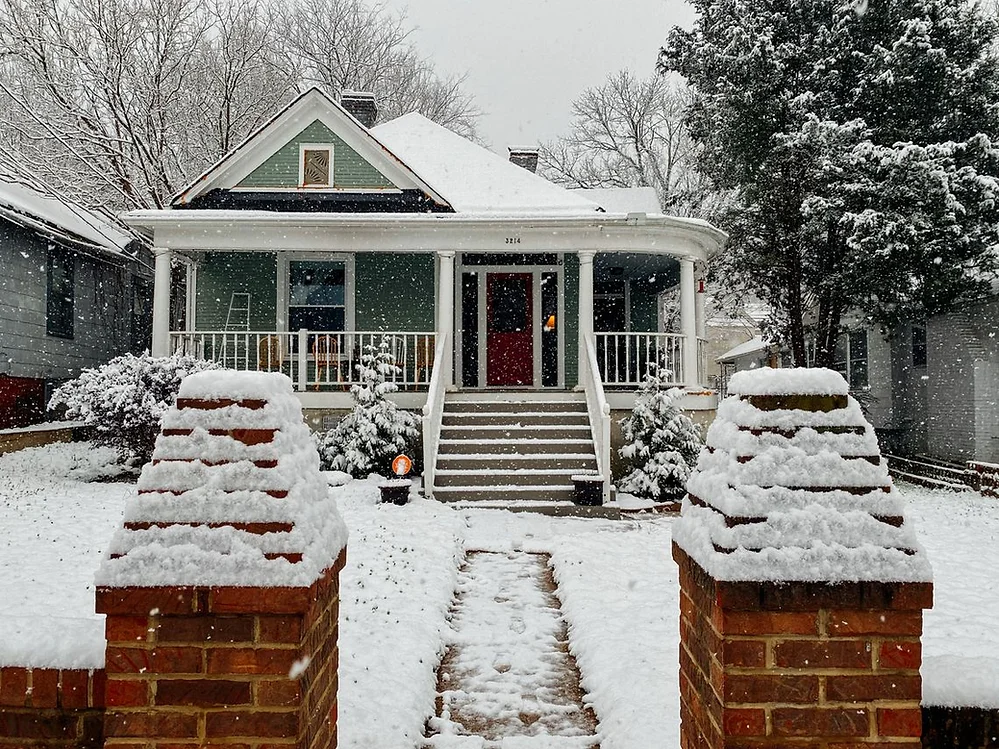Local Family- Owned Plumbing & Drain Service Since 1974.
Local Family- Owned Plumbing & Drain Service Since 1974.

Nobody wants to deal with the stress that comes with having a pipe burst in your home. There is too much of a mental and financial burden of such an outcome. It is at a point where all homeowners should do everything in their power to avoid such a scenario. You may ask, how does a frozen pipe lead to a burst. The answer is that the water supply into your home from the outside is significantly colder than the warmer seasons. Cold water causes pipes to contract. In weaker parts of the pipeline, a burst can occur. Pipes will burst if it is unable to withstand the water pressure inside of it.
Before the winter is in full gear, it is wise to turn off and drain your outdoor water lines. Isolated water lines with no heat or insulation are at the most risk of freezing and potentially bursting.
When people have basement laundry tubs or showers, they have a pipe running up the wall connecting to another pipeline. That pipe usually contacts an outside wall that is not insulated. If this pipe isn’t already insulated, it will feel the residual effects through the wall and begin to degrade.
In the case scenario of having your pipes touching an outside wall or a pipeline located outside that is not insulated, you can purchase insulation inexpensively. Insulation typically comes in foam, with a slit down the middle that effortlessly wraps around the pipe. You can very easily manipulate the size of the insulation with a utility knife to fit desired lengths.
The water in your pipes is more susceptible to freezing if there’s a pressure build-up and the water is stationary. By opening a faucet or two in your home by a quarter, you will relieve pressure in your pipes and force the water to keep flowing. With the water now constantly moving, there is significantly less chance of water freezing in your pipelines.
The pipes in your home are inside cabinets throughout your home. When the temperature starts to drop, It is a good idea to leave your cabinets open. The warm air in your home will begin to circulate the plumbing. This act enables your pipes to maintain a warm temperature and avoid any frost.
The cold, outdoor air flowing through holes and gaps can make an already cold house an ice land. Seal any openings around the gaps where the pipe can run through the floor or walls. Use chalk or spray foam insulation to fill in the gaps. If possible, seal both holes in the interior and exterior of the wall or floor.
If your power is on with 0 water flow in your home, you likely have a frozen pipeline somewhere. We strongly recommend that you do not tamper with the pipes and call your local plumbing service immediately. There have been numerous instances where homeowners attempt to thaw the pipes by themselves and end up causing even more damage to the pipelines. Another sign of an exposed pipe with a lack of insulation is lower water pressure.

Tell us the details of your upcoming project and we’ll provide you with an honest price.